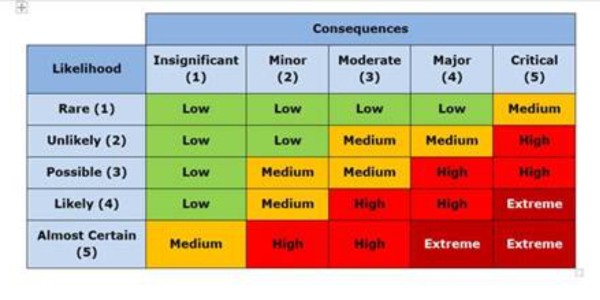Sometimes You Just Need a Little Hand Holding (WT598)
Blog
Ross and I have an understanding. From time to time when I can’t work out how to do something on the computer or any task for that matter and I get frustrated, I will ask for help in the form of “hand holding”.
What this means is that I need Ross to stand or sit beside me while I work something out.
He can be literally sitting and reading a book and not paying attention.
There is something about the energy exchange between us or some other phenomenon, but it works.
This week I needed some hand holding as I navigated a software program to add some comments to a Property Management app for a property we are currently renting.
I called the office. Morgan answered the phone.
“I can’t seem to add comments”, I explained.
“Did you click on the link in the email?” she asked.
“Yes. It doesn’t allow me to edit.”
“That’s the Preview link. The link you want is in the second email.”
“I don’t have a second email. Oh, hang on, let me check junk.”
Sure enough the second email was there in the junk box.
“Can you please hold on while I make sure it works?” I asked.
“Yes, go ahead. I’ll wait”, she answered.
I clicked on the link. It opened.
“Great, I’m in. Now let me see if I can add a comment please.”
I clicked the buttons and worked through how to make comments.
“Thank you so much Morgan, I appreciate your patience.”
Morgan didn’t know it; what she had just done for me was to hold my hand as I worked through the process.
She could have easily ended the call and left me to it and I’m so grateful for her patience.
Sometimes we just need a little “hand holding” to get through a task.
What would you do if you were Morgan? Would you find a reason to end the call or would you stay on and hold hands?
How about if you’re the one needing help? Will you put your hand up and simply ask for some hand holding?
P.S. We’ve set the dates for our next Leading Yourself and Leading Others Experience for 2022. If you’re thinking about embracing change and having some support, check out https://shirleydalton.com/leading-yourself-leading-others-may2020/. Experience starts Thursday 10th February and Early Bird Discount ends 31st December (saving $1,000).
P.P.S. Invite your friends to get the Weekly Thoughts delivered directly to their inbox. Go to https://shirleydalton.com/weekly-thoughts.













